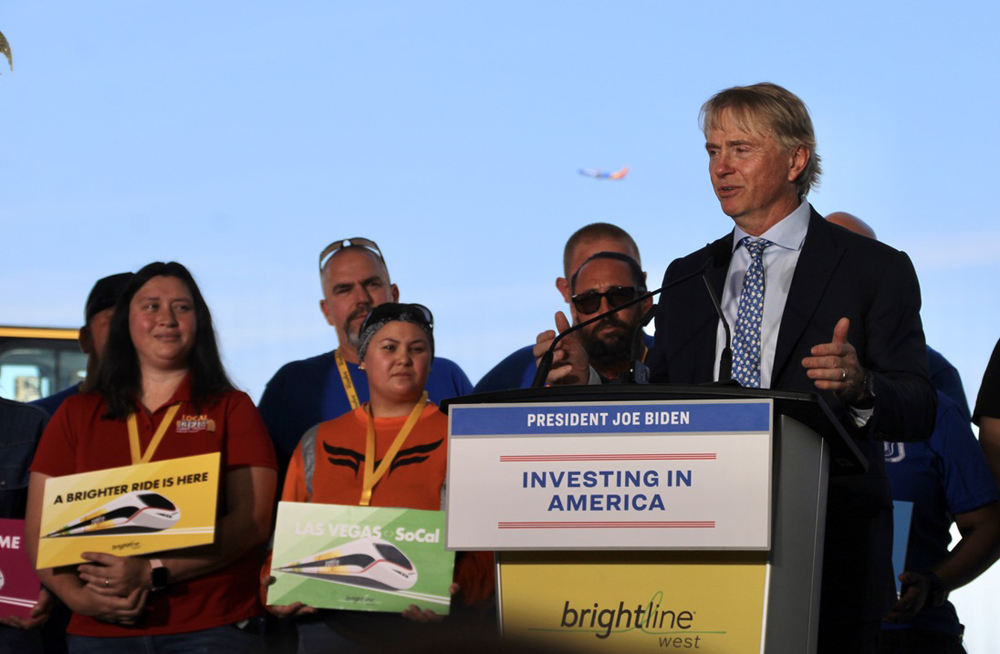
LAS VEGAS — The name is the same (mostly). The signature color yellow is still very much in evidence. And clearly, most of the same people are deeply involved in both projects.
But it’s important to remember that Brightline West, which held its long-awaited groundbreaking on Monday, is not Brightline. Building an electrified, 200-mph passenger system from scratch is clearly a different challenge than bringing to life the conventional-equipment system now humming along between Miami and Orlando, Fla.
Certainly, there are lessons from Florida that can bring themselves to the desert Southwest, as Brightline founder Wes Edens said in a brief conversation with Trains News Wire during his extremely busy Monday at the site of Brightline West’s Las Vegas station.
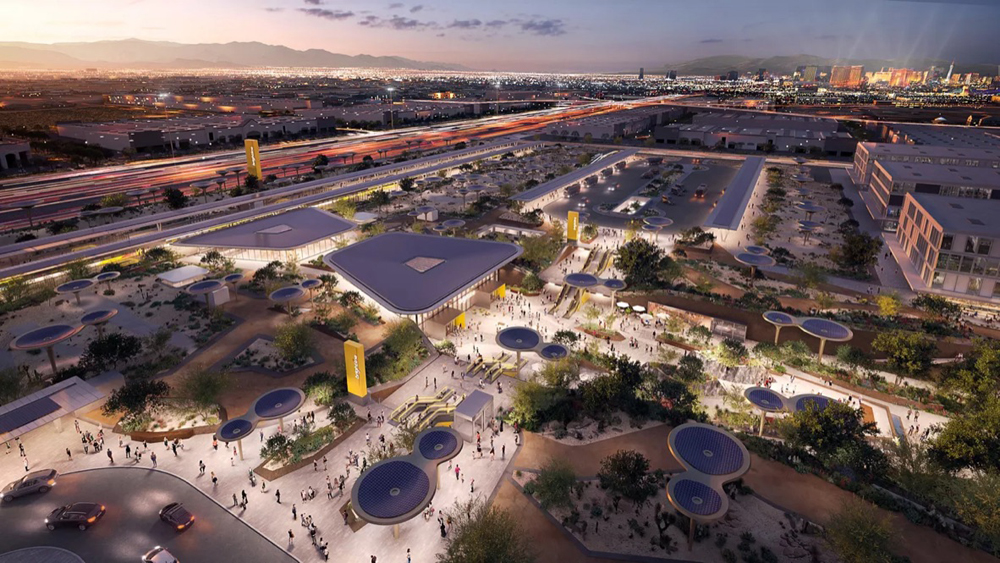
“I call Florida version 1.0,” Edens said. “We owned a train line and so we had access to the tracks and we shared it with ourselves. So we knew we didn’t have to negotiate with anybody else to share, which is a really an important part of building the first one.” On the other hand, the existing infrastructure on the Florida East Coast mainline between Miami and Cocoa, Fla., both defined and constrained what the system could be. But at Cocoa, he says, “you turn left and you create new-build-version train lines. And we looked at that and said, that’s the best part of the entire system.
“And so out here, the version 2.0, there’s a couple of things that are notable. One is the right-of-way that we’re going to use is in the midst of an existing transportation corridor, and that makes permitting much easier. It makes a lot of things much easier.” That corridor is, of course, Interstate 15; the majority of Brightline West’s route will be built in the median. “You can put a fence around it, you can electrify it, there’s no grade crossings, you can go 200 miles an hour. So the service that you can create is definitely a step up from what we can in Florida, just in terms of speed, safety, and everything else.”
But what I-15 giveth in terms of right-of-way, it taketh away in terms of added engineering complexity. The route between Las Vegas and its western terminus in Rancho Cucamonga, Calif., includes a phenomenon unknown in Florida. They’re called mountains.
“That is one of the first reasons why we knew we were going to have to electrify, besides just electrifying for speed and energy,” says Tom Rutkowski, Brightline vice president and chief mechanical officer, “is that a diesel train will not climb that mountain, right? It can’t. … There’s a unique topography here that only an electric train would work for. It’s lighter, it’s got more power, it’s faster.”
Even so, squeezing the tracks into the I-15 footprint across Cajon Pass was apparently quite a challenge.
One thing that Brightline did particularly well in Florida was the gradual scaling up of its service. Operations started between West Palm Beach and Fort Lauderdale, then expanded to Miami, and finally went all the way to Orlando. There will be no corresponding opportunities for gradual development of operation in the desert, but Edens and Rutkowski don’t believe it will be necessary.
“The system is so intuitive, right?” Edens says. “The first minute of the first day, I think we’re going to have a massive amount of demand. So I think there’s no real reason to scale it the same way.” Adds Rutkowski, “Judging off the Florida experience, I wish we had done it the same way or had the ability to do it the same way there because now we are starved for seats, right? Capacity is an issue. We need to add more as soon as we can. So having that ability [with Brightline West], I think is going to be the right move — I know is the right move. There is a huge appetite when you put a system like this out there because people find it is just a more effective, cleaner, better way to travel.”
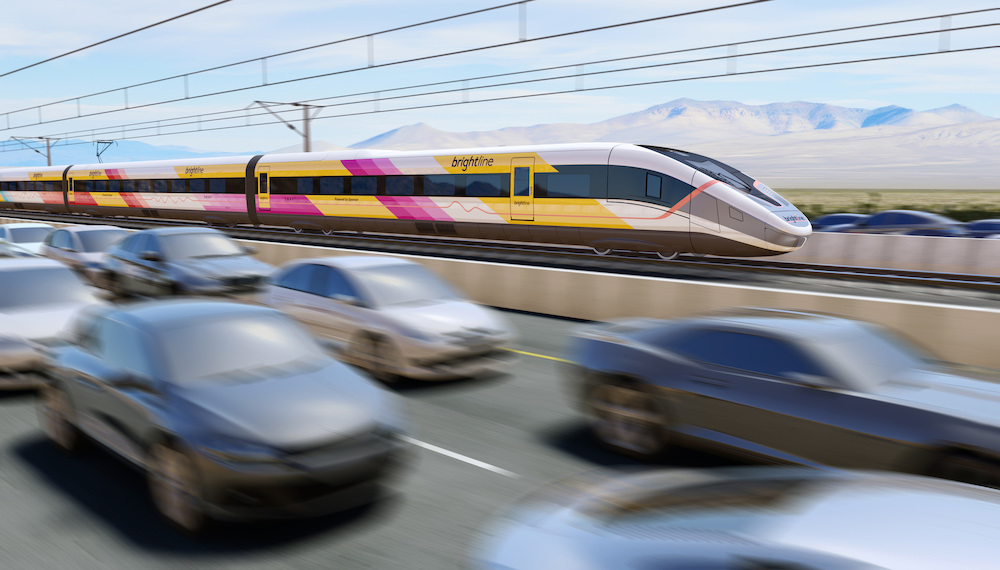
Scaling up, for Brightline West, will largely be a matter of how it uses and adds trainsets. The operating model outlined in the environmental impact report calls for the system to use seven-car trainsets, each capable of carrying about 400 people. There will be 23 trains a day in each direction, operating on 45-minute headways. “Unlike Florida, these trains could couple together and operate as one entire unit,” Rutkowski says. “So at those peak times when you want much capacity as possible, we can do that, and then separate those trains later throughout the course of the day operationally. So there’s a lot of flexibility to add capacity.” The environmental report envisioned that about a third of trains would operate with two trainsets during the system’s first three years, increasing to two-thirds the next three years. After that, every train would be made of up two trainsets. And by the 11th year, frequencies will have grown to 45 trains a day in each direction, cutting the headways in half.
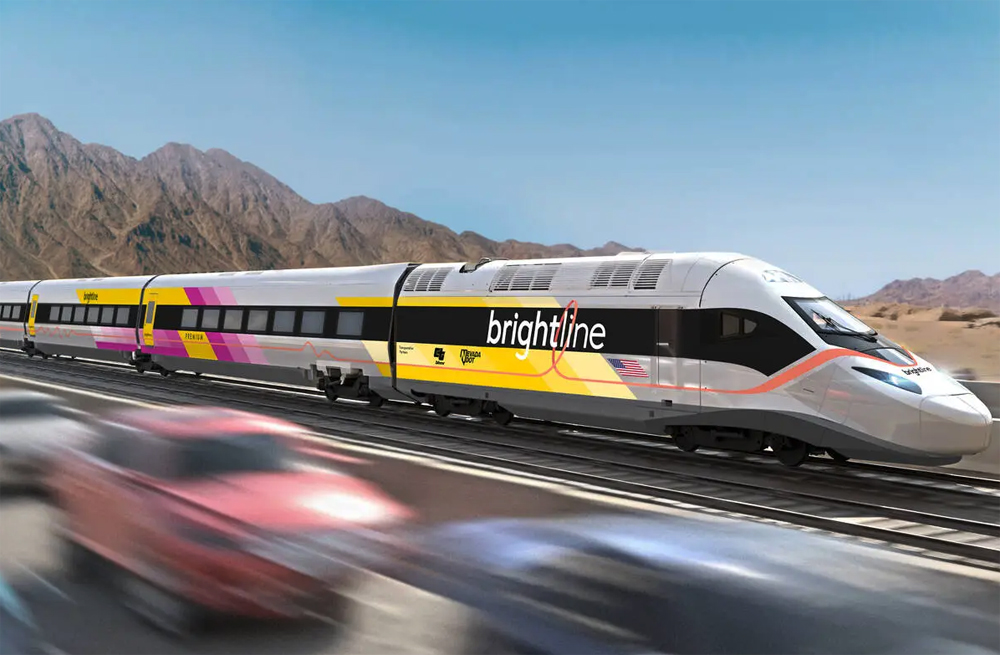
The pressing question that remains to be answered — and it figures to be answered soon, if the system is to be up and running in 2028 — is who will build this equipment? Siemens Mobility has built Brightline’s equipment in Florida and has built high-speed trainsets elsewhere in the world, but never in North America; Alstom is building Amtrak’s next-generation Acelas, but that’s not exactly going smoothly. There’s plenty off-the-shelf technology available elsewhere in the world, but one aspect of having the U.S. government as a partner to the tune of more than $3 billion in funding is that there are Buy America provisions to be met.
“We all want to be there,” says Rutkowski. “We have to get there. The rest of the world is there. It’s time for us to get into that group and say, we’re going to start building our own high-speed trains.”
Edens, in casting Monday’s groundbreaking not only as the start of Brightline West but the true birth of a U.S. high speed rail industry, certainly believes that time has come.
“We are very confident we can actually fully comply,” Edens says. “We can build America and have a high-quality product. Of course.”






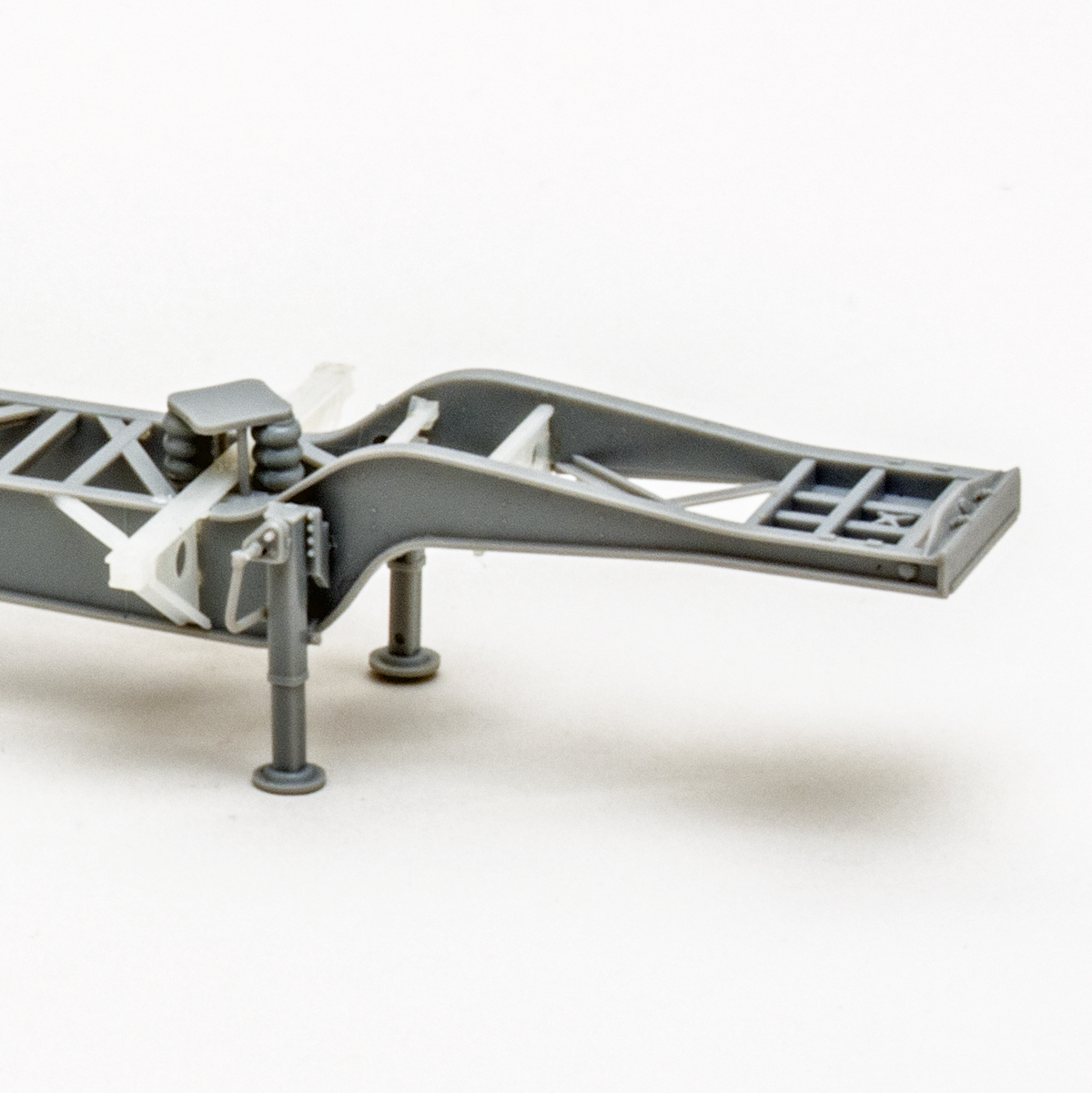
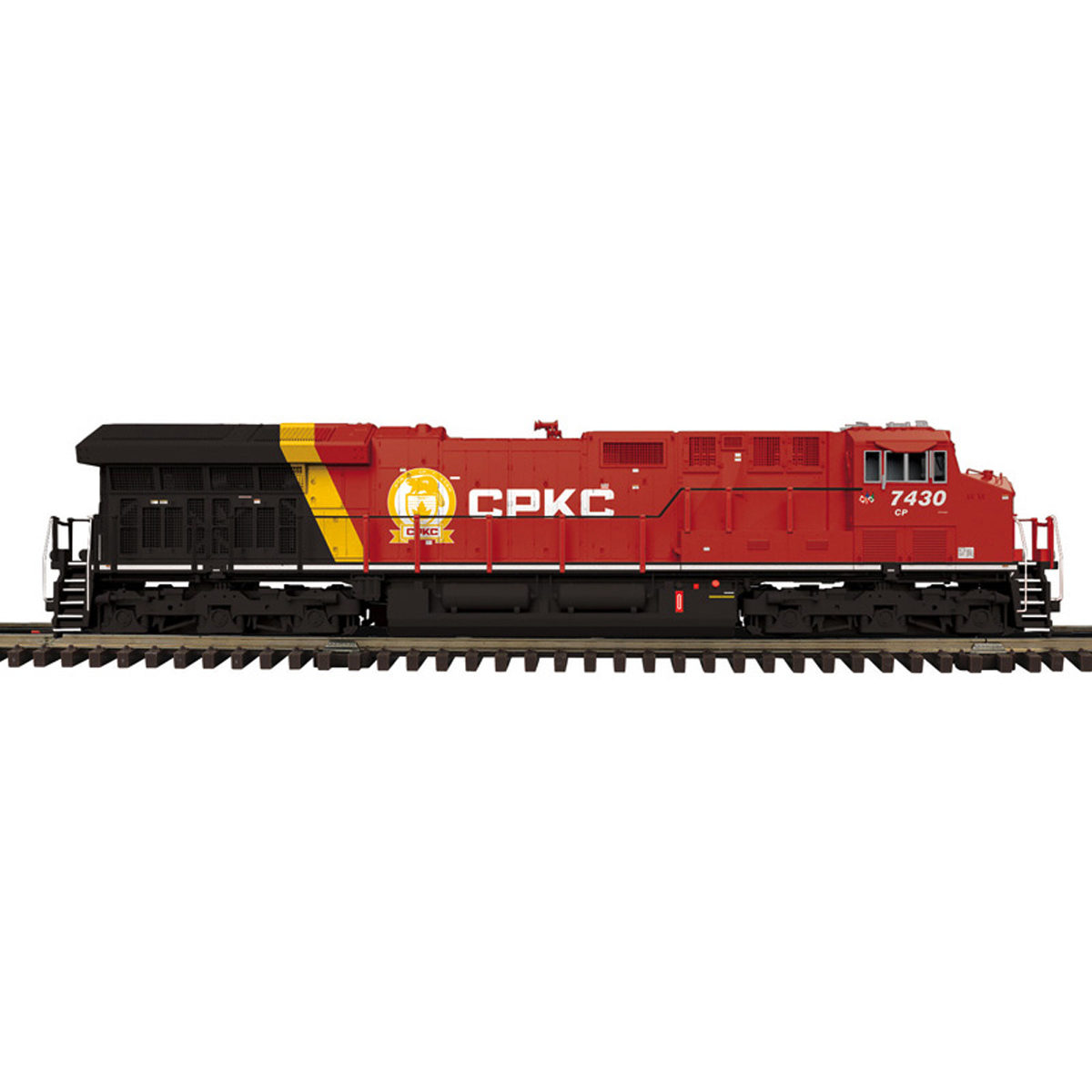
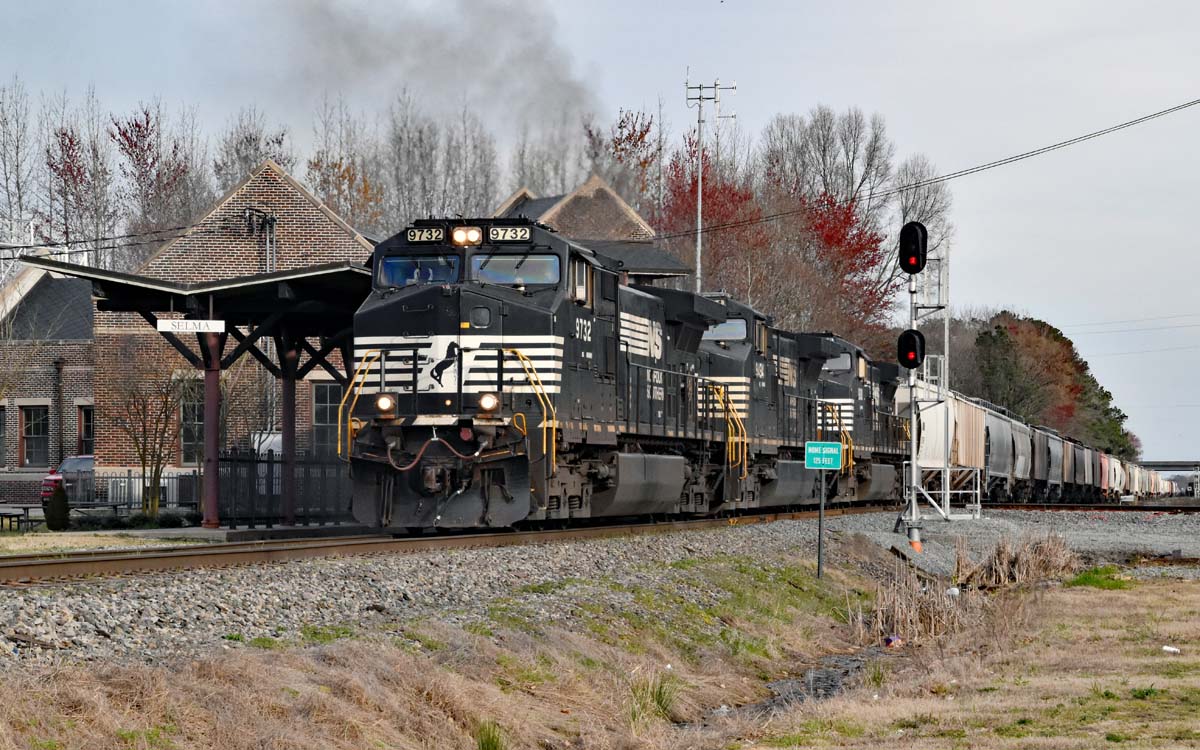
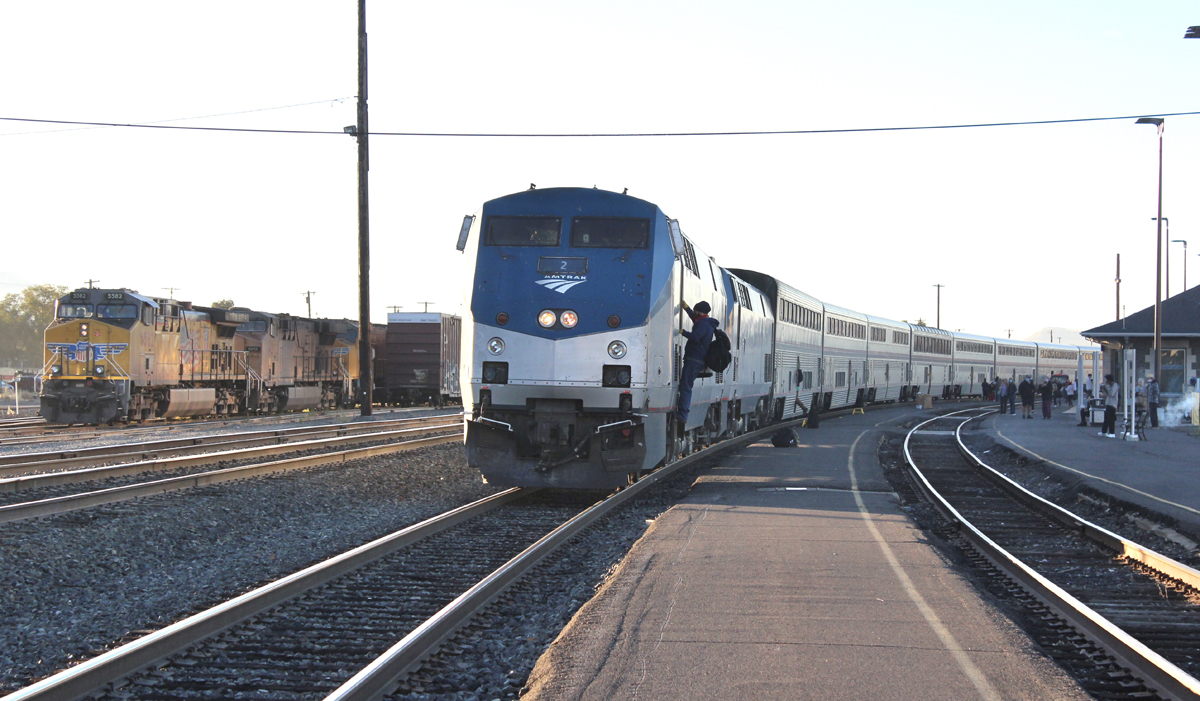




“Diesels can’t climb mountains?”
In a similar vein, that reminds me of a documentary I once watched or read, about a mixed train climbing on the 3′ narrow gauge operation in the Peruvian Andes Mtns., where the diesel train had to stop at a station facility, due to high elevation breathing/aspiration issues, and be replaced by a steam locomotive to continue the rest of the way to much higher elevations.
Such negativity against trains on a trains website! Nothing but a bunch of Statlers and Waldorfs. I’ve ridden Brightline FL and it’s a brilliant operation. I’m sure Brightline West will be too.
Flipping the coin, when one has seen years of passenger rail mismanagement and decline, it is not surprising to see negativity in the air.
Brightline would have to replace the Hiawatha before Mr Landey would be happy.
No matter what, they have to prove themselves after years of disinterest.
Very limited scope of service fails to connect locations between points A & B doesn’t even start at point A but instead at a third of the distance to point B. Sorry Brightline groupies but this fiasco is DOA!
It is 272 miles from LA to LV. It’s 40 miles from LA to Rancho Cucamonga. So it’s not 1/3 but about 1/7. There are 13 million people within 40 miles of Rancho Cucamonga. And. Brightline will offer cross platform connections with Metrolink to all of the LA area. Brightline will do just fine thank you.
Really, Mr. Edens. Diesels can’t climb mountains? If that were true, then how are BNSF and UP diesels moving their freight trains through Cajon Pass.
First off, Cajon is not the only pass Brightline will traverse. More to the point, the I-15 ROW departs from the historic rail alignments for long stretches with far steeper grades than the routes UP and BNSF use. So to get the benefits of locating in the highway median, there are ups and downs, so to speak.
How? They are doing it slowly.
If your goal is high speed rail, you can’t do that.
I think the point is that electric passenger trains can easily move uphill on a 3.5% grade and keep accelerating. A diesel-powered passenger simply cannot match this performance.
Mr. Turcotte, the maximum grade that I-15’s northbound lane encounters is 6%. One visualization shows trains maintaining 75 mph in this section going up the hill. If that indeed is the requirement, it’s likely the engine builder will have design issues in meeting it. See this YouTube, minute 5:55, visualization for this discussion:
https://www.youtube.com/watch?v=hXF_g_aq8vc
It does seem a matter of which corporate welfare we are talking about, doesn’t it? Trump style or Biden style. At least with Biden style, the public will get something out of it.
Old style capitalism had the longer view for investment. Now, the returns are demanded quarter to quarter. The intention of the hedge funds is to bleed RRs dry then toss the remainder away and leave the employees and their families to twist in the wind. Then they will bitch about all the lazy people on the unemployment they created.
Are you blaming “Trump-style” for entertainment/ sports corporate welfare? Edens and his buddies are very active in the Democrat party. Other sports owners are Republicans. All of them have their hand out.
Sports stadiums and arenas are biprtisan corporate welfare, both parties to blame. Either party, it stinks.
Mr. Edens sure knows how to work the corporate welfare angle. Taxpayer funding for his basketball team’s arena in Milwaukee and for his train in California.
Other TRAINS readers hate it when I drop in poltical comments. So I will defer. I won’t say which political party Mr. Edens is quite active in. Just to say, not the party that I vote for.